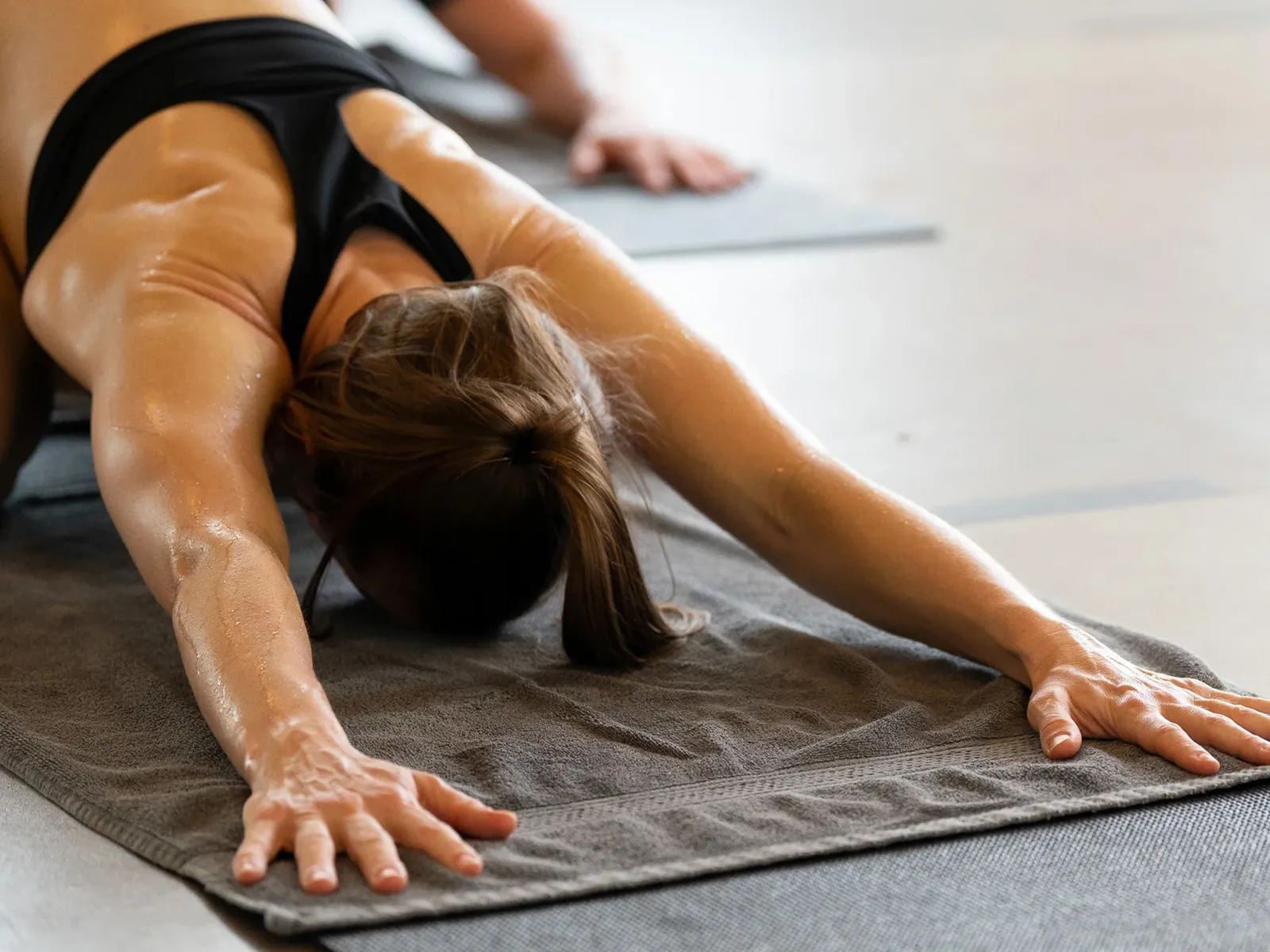
Is Hot Pilates the New HIIT? Here’s What Experts Say!
Pilates Pila – High-Intensity Interval Training (HIIT) has long reigned supreme in the fitness world as the go-to method for fast, sweaty, and result-driven workouts. But in the wellness corners of 2025, another contender is rising quickly—and it’s turning up the heat, literally. Welcome to the world of Hot Pilates, a fiery fusion of strength, flexibility, and endurance. But is it just another trend, or is Hot Pilates the new HIIT?
From boutique studios in Los Angeles to at-home infrared setups in Asia, Hot Pilates is gaining a loyal following. Celebrities are swearing by it. Influencers are dripping sweat mid-session for millions to see. And fitness experts? They’re divided—but intrigued. So what makes this high-temperature workout so buzzworthy, and can it really dethrone the mighty HIIT?
Hot Pilates is a form of mat-based Pilates performed in a heated room—typically around 35 to 40 degrees Celsius (95–104°F)—with added humidity to increase sweat production and heart rate. While traditional Pilates focuses on controlled movements, posture alignment, and core strength, Hot Pilates intensifies the experience by incorporating the heat element, creating an environment that challenges both body and mind.
It’s often set to energetic music, structured in intervals, and designed to build stamina while sculpting muscles. The atmosphere? Think dim lights, pulsing beats, and an almost meditative focus amidst a pool of perspiration.
At first glance, the two methods seem worlds apart. HIIT is explosive, anaerobic, and impact-heavy, while Hot Pilates is slower, more fluid, and grounded in endurance. But surprisingly, they share more than you think.
Both workouts push the cardiovascular system, build lean muscle, and torch calories—though via different paths. In a typical 50-minute Hot Pilates session, participants can burn 300–600 calories, depending on intensity and temperature. While that’s slightly less than an aggressive HIIT session, the recovery benefits and lower joint strain are often cited as reasons people make the switch.
Where HIIT often results in fatigue and soreness, Hot Pilates tends to offer a detoxifying, rejuvenating effect due to its focus on breath control, stretching, and body awareness. It’s not about exhaustion—it’s about endurance and empowerment.
Many fitness professionals see Hot Pilates as a refreshing evolution—especially for those burned out by years of punishing HIIT regimens.
According to Olivia Torres, a certified Pilates instructor and founder of a heated studio in New York, Hot Pilates encourages consistency without burnout. “People don’t dread coming back. The heat amplifies the benefits, but the rhythm is sustainable. That’s the magic,” she explains.
However, some experts caution that beginners need to ease in slowly. The heat, while beneficial for flexibility, can also lead to dizziness or overexertion if not approached mindfully. Hydration, breathwork, and knowing your limits become essential components.
There’s also a concern over relying on sweat as a measure of effectiveness. “Sweating more doesn’t always mean you’re burning more fat,” says Dr. Alan Reiner, a sports physiologist. “But it can increase perceived exertion and mental satisfaction, which contributes to long-term habit formation.”
Emerging studies in exercise science show that moderate-heat workouts can indeed improve circulation, lower cortisol levels, and enhance metabolic rate. The humid environment mimics certain elements of altitude training, where the body is forced to optimize oxygen efficiency.
One 2024 study from the University of Melbourne found that participants doing heated Pilates three times per week showed greater improvements in flexibility and core strength than those doing standard Pilates over the same period. Interestingly, they also reported better sleep and lower resting heart rates—benefits not typically associated with high-impact routines like HIIT.
While long-term comparisons to HIIT are still being explored, early results suggest may offer a sustainable alternative with holistic benefits.
That said, it may not be ideal for individuals sensitive to heat, pregnant individuals, or those with cardiovascular conditions—unless cleared by a doctor.
Customization is key. Many modern studios now offer hybrid formats: combining short bursts of cardio intervals with Hot Pilates core flows—blending the best of both worlds.
The truth? Probably not entirely. HIIT is still a cornerstone for athletes, fat-burning routines, and time-crunched individuals. But the growing buzz around Hot Pilates is real—and deserved.
Rather than replacing HIIT, Hot Pilates is carving out a space for itself in the new fitness paradigm: one that values recovery, sustainability, and body–mind synergy. In 2025, fitness is no longer about punishment—it’s about personalized progress.
And for many, Hot Pilates offers that perfect sweet spot: challenging enough to transform, gentle enough to return to again and again.
Is Hot Pilates the new HIIT? In some ways, yes. For a generation seeking strength, sweat, and serenity in one workout, this trend checks every box. It might not replace the rush of HIIT entirely, but it’s becoming a compelling alternativethat’s easier on the joints, kinder to the mind, and surprisingly fierce when done right.
Whether you’re a die-hard HIIT junkie or a curious first-timer, one thing’s certain—Hot Pilates is more than just hype. It’s here, it’s hot, and it’s heating up the future of fitness.